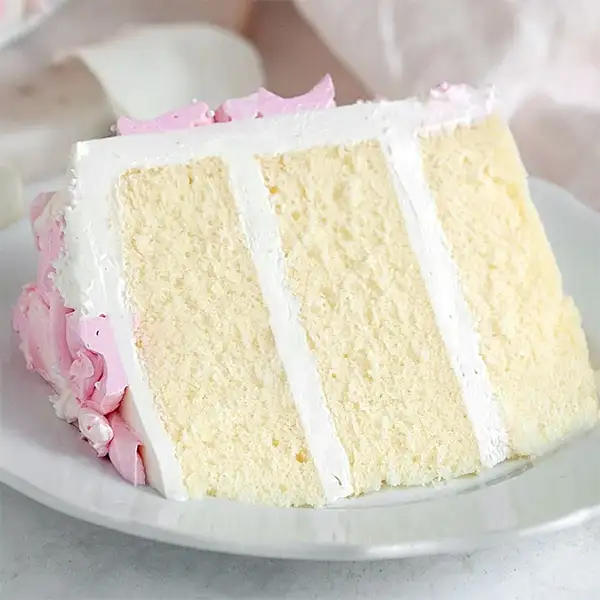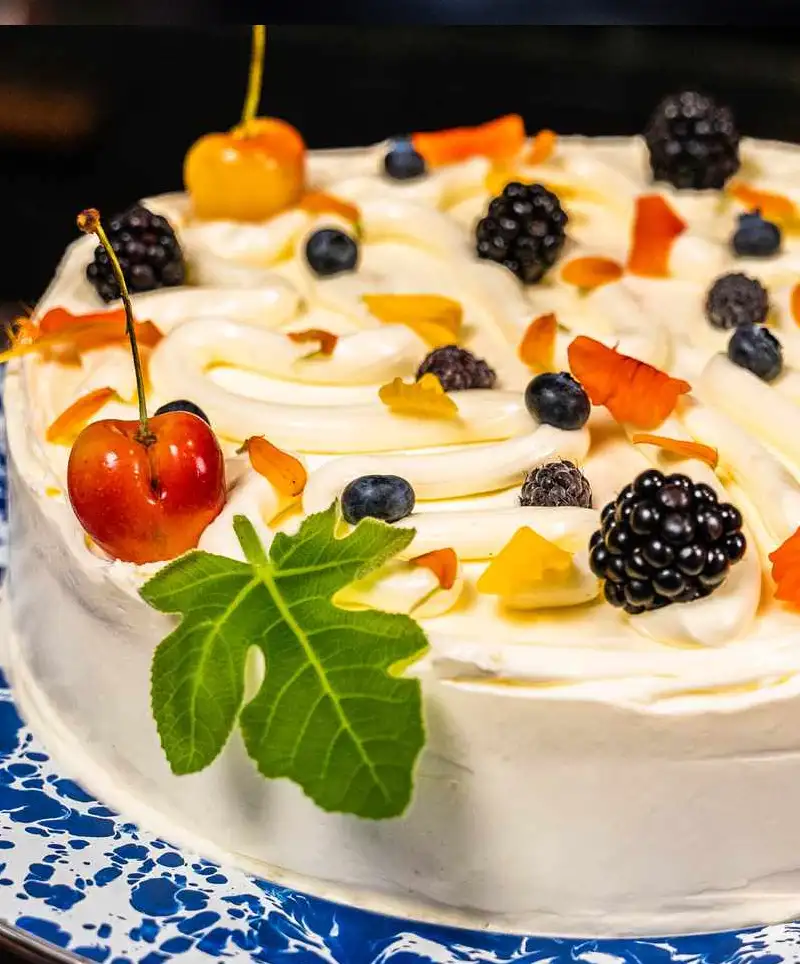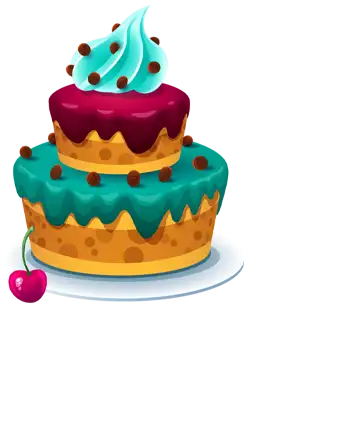National Cake Day, celebrated annually on November 26th, offers a delightful excuse to indulge in one of the world’s most beloved desserts: cake. This day is less about the history of cake and more about the joy and creativity it brings to our lives. From humble beginnings as modified breads to today's elaborate and artistic confections, cakes have been a staple at celebrations and a comfort in everyday life.
The Origins
The concept of cake dates back to ancient times, although those early versions were more bread-like, sweetened with honey. The word 'cake' is of Viking origin, derived from the Old Norse word 'kaka'. Over time, the evolution of baking techniques and the availability of ingredients like refined sugar and chocolate transformed these simple breads into the multi-layered masterpieces we know today.
Globally, cake takes on countless forms, each reflecting cultural tastes and traditions. For instance, Japan's delicate and subtly sweet matcha cakes are a stark contrast to the rich, dense fruitcakes popular in Britain. In the Middle East, honey cakes are infused with aromatic spices, while in America, classics like chocolate and vanilla layer cakes reign supreme.
Cakes have a significant presence in popular culture, symbolizing celebration and indulgence. They're central to events like birthdays, weddings, and anniversaries. The phrase "Let them eat cake," famously (and incorrectly) attributed to Marie Antoinette, highlights cake's historical association with opulence and extravagance.
The Art and Science of Cake Baking
Baking a cake is both an art and a science. It's a culinary adventure where one teaspoon too many can lead to a kitchen catastrophe, and yet, the perfect pinch of creativity can create a masterpiece worthy of a spot in a museum (or at least on your Instagram feed). This delicate balance requires precision in measurement and timing, akin to a scientist in a lab, but instead of chemicals, we're playing with flour and sugar. The creative flair for decoration and flavor combinations is where the inner artist comes alive, turning a simple batter into a canvas of colors and textures. Thanks to the rise of televised baking shows and the ever-present allure of social media, cake decorating has soared to new heights. Now, it's not just about taste; it's about creating edible sculptures, intricate icing techniques, and masterpieces that could rival Michelangelo's works—if Michelangelo worked with buttercream, that is. These televised sugar battles and social media showcases have transformed the humble cake from a mere dessert to a form of edible art, celebrated and devoured across the globe."
Let's Get Baking!
 National Cake Day is more than an excuse to eat cake (though, honestly, that’s a pretty good reason in itself). It's a day for kitchen adventures, for trying out that recipe you've bookmarked for months, or for creating something entirely new. Whether you're a seasoned baker or a newbie, this day is your canvas, and flour, eggs, and sugar are your paints.
National Cake Day is more than an excuse to eat cake (though, honestly, that’s a pretty good reason in itself). It's a day for kitchen adventures, for trying out that recipe you've bookmarked for months, or for creating something entirely new. Whether you're a seasoned baker or a newbie, this day is your canvas, and flour, eggs, and sugar are your paints.
Here are a few activity ideas:
- Host a Cake-Baking Contest: Gather friends or family and challenge them to bake their best cakes, whether it's a classic chocolate cake or something avant-garde. The more diverse, the merrier!
- Cake-Themed Party: Decorate your space with cake-inspired decorations and have a variety of cakes to taste. It's a fun way to explore different flavors and styles.
- Virtual Bake-Along: When gathering isn't possible, a virtual bake-along can be just as fun. Pick a recipe, set a time, and bake together via video call.
A Recipe to Get You Started: Classic Vanilla Cake
Ingredients:
- 2 3/4 cups all-purpose flour
- 2 tsp baking powder
- 1/2 tsp salt
- 3/4 cup unsalted butter, softened
- 1 1/2 cups sugar
- 4 large eggs
- 2 tsp pure vanilla extract
- 1 cup whole milk
Instructions:
- Preheat Oven & Prep Pans: Preheat your oven to 350°F (175°C). Grease two 9-inch round cake pans and line the bottoms with parchment paper.
- Dry Ingredients: In a medium bowl, whisk together flour, baking powder, and salt.
- Cream Butter & Sugar: In a large bowl, beat the butter and sugar together until light and fluffy, about 3-4 minutes.
- Add Eggs & Vanilla: Add eggs one at a time, beating well after each addition. Stir in vanilla extract.
- Combine: Alternately add the dry ingredients and milk to the butter mixture, starting and ending with the dry ingredients. Mix until just combined.
- Bake: Divide the batter evenly between the two pans. Bake for 25-30 minutes, or until a toothpick inserted in the center comes out clean.
- Cool & Decorate: Let cakes cool in pans for 10 minutes, then transfer to a wire rack to cool completely. Once cool, frost with your favorite icing and decorate as desired.
The Icing on the Cake: Decorating Tips
- Simple Elegance: A dusting of powdered sugar or a simple glaze can be incredibly elegant.
- Get Creative with Frosting: Experiment with buttercream techniques like rosettes, stars, or smooth sides.
- Top It Off: Fresh fruits, edible flowers, or even a sprinkle of edible glitter can add a special touch.
On National Cake Day, let your creativity run wild in the kitchen. It's a time to celebrate the joys of baking, the warmth of sharing, and the deliciousness of cake. So, preheat those ovens, and let's get baking!
Trends and Innovations
As dietary needs and preferences evolve, so do cake recipes. Gluten-free, vegan, and low-sugar cakes are becoming increasingly popular, ensuring this age-old treat remains inclusive and enjoyable. Artisanal and experimental cakes featuring unique flavors and textures also signify an exciting future for this timeless dessert.
National Cake Day isn't just about eating cake; it's a celebration of culinary creativity, shared experiences, and the simple joy that a slice of cake can bring. It's a reminder that sometimes, the sweetest moments in life deserve to be savored and celebrated.
Please Share our Content






 National Cake Day is more than an excuse to eat cake (though, honestly, that’s a pretty good reason in itself). It's a day for kitchen adventures, for trying out that recipe you've bookmarked for months, or for creating something entirely new. Whether you're a seasoned baker or a newbie, this day is your canvas, and flour, eggs, and sugar are your paints.
National Cake Day is more than an excuse to eat cake (though, honestly, that’s a pretty good reason in itself). It's a day for kitchen adventures, for trying out that recipe you've bookmarked for months, or for creating something entirely new. Whether you're a seasoned baker or a newbie, this day is your canvas, and flour, eggs, and sugar are your paints.








 "Sláinte!" is a traditional Irish expression used as a toast, equivalent to "Cheers!" in English.
"Sláinte!" is a traditional Irish expression used as a toast, equivalent to "Cheers!" in English.